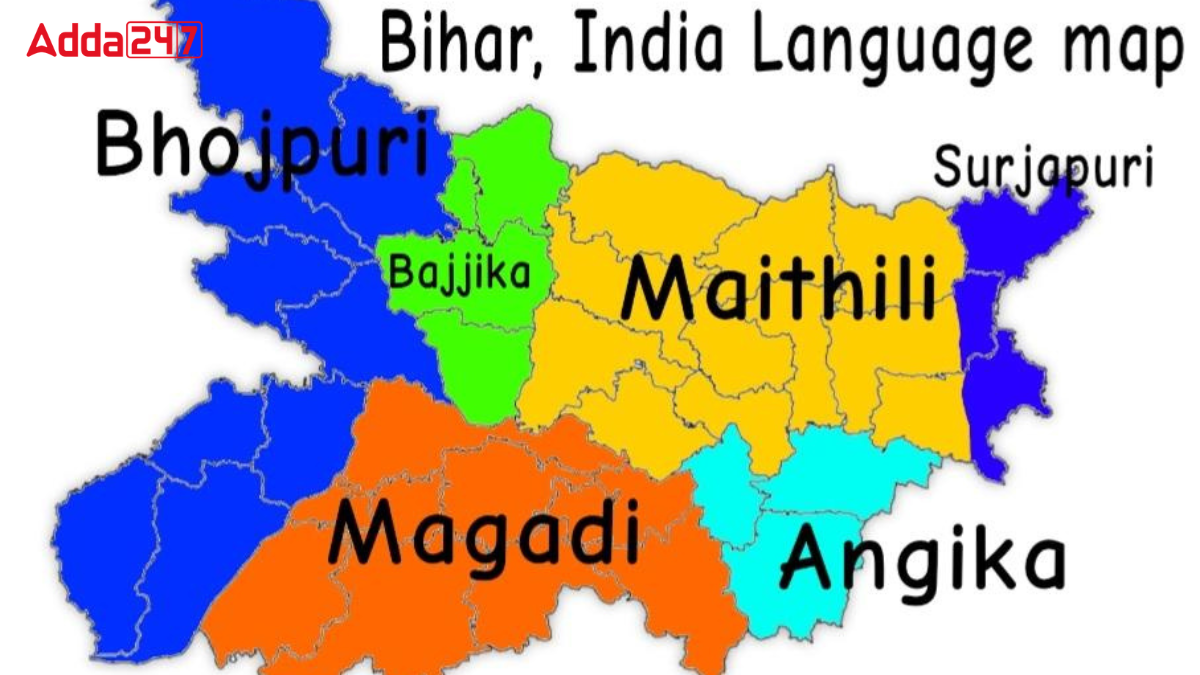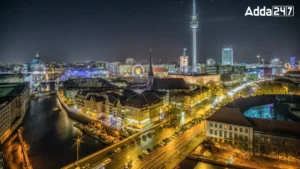Bihar, a state in eastern India, is known for its diverse and vibrant cultural traditions. With more than 126 million people living there, the region is home to many different languages, each with its own rich heritage. This article explores the various languages spoken in Bihar, highlighting their significance and the unique cultural landscape they create.
Languages Spoken in Bihar and their Script
Several languages are spoken in Bihar, reflecting its diverse cultural history. These include:
| Language | Script |
| Hindi | Devanagari |
| Bhojpuri | Devanagari |
| Magahi | Devanagari |
| Maithili | Mithilakshar |
| Urdu | Perso-Arabic |
| Bengali | Bengali Script |
| Santali | Ol Chiki |
| Telugu | Telugu |
| Punjabi | Gurmukhi |
| Tamil | Tamil |
| Nepali | Devanagari |
Official Language of Bihar
The official language of Bihar is Hindi, spoken widely across the state, especially in urban areas. Hindi, written in the Devanagari script, is not only the language of administration and education in Bihar but also the official language of the Indian government. Over 40% of India’s population speaks Hindi, making it a crucial medium of communication in the state.
Other Languages Spoken in Bihar
Bihar’s linguistic landscape is much more than just Hindi. The state is home to several indigenous languages, each adding to its cultural richness.
Bhojpuri
Bhojpuri is a prominent language in Bihar, spoken by a large segment of the population. Originating from the Magadhi language, it is used by more than 40 million people in eastern Uttar Pradesh, Bihar, and Jharkhand. Bhojpuri has a strong presence in literature, music, and movies, contributing significantly to the cultural fabric of the region.
Magadhi
Magadhi, an Indo-Aryan language, is widely spoken in cities like Patna, Gaya, Aurangabad, Jehanabad, and Nalanda. With over 20 million speakers in Bihar and Jharkhand, Magadhi shares close ties with Bhojpuri and Maithili. The language boasts a rich literary tradition and has influenced Hindi literature considerably.
Maithili
Maithili, spoken in northern Bihar and parts of Nepal, is another important Indo-Aryan language. It has a distinctive script called Mithilakshar and is taught in schools and universities as a second official language. Maithili has produced many renowned poets and writers, enriching Bihar’s literary heritage.
Urdu
Urdu, written in the Perso-Arabic script, is widely spoken in Bihar’s urban areas. Originating from Persian, Urdu has a rich tradition of poetry, ghazals, and prose. The language has significantly contributed to Indian literature, with many famous poets and scholars hailing from Bihar.
Angika
Angika, spoken by the Angika people in eastern Bihar and western Jharkhand, is an Indo-Aryan language closely related to Bhojpuri and Maithili. With a vibrant tradition of folk songs and stories, Angika has played a crucial role in the cultural and literary life of Bihar.
Santali
Santali, an Austroasiatic language, is spoken by the Santal community in Bihar and Jharkhand. Known for its rich oral tradition, including folk songs, stories, and dances, Santali is the official language of the Santal Parganas region in Jharkhand. The language has made significant contributions to India’s tribal literature.




 Which Glacier is the Source of the Brahm...
Which Glacier is the Source of the Brahm...
 Which City of Germany is Known as the Gr...
Which City of Germany is Known as the Gr...
 Which Peak is Known as the Five Treasure...
Which Peak is Known as the Five Treasure...







